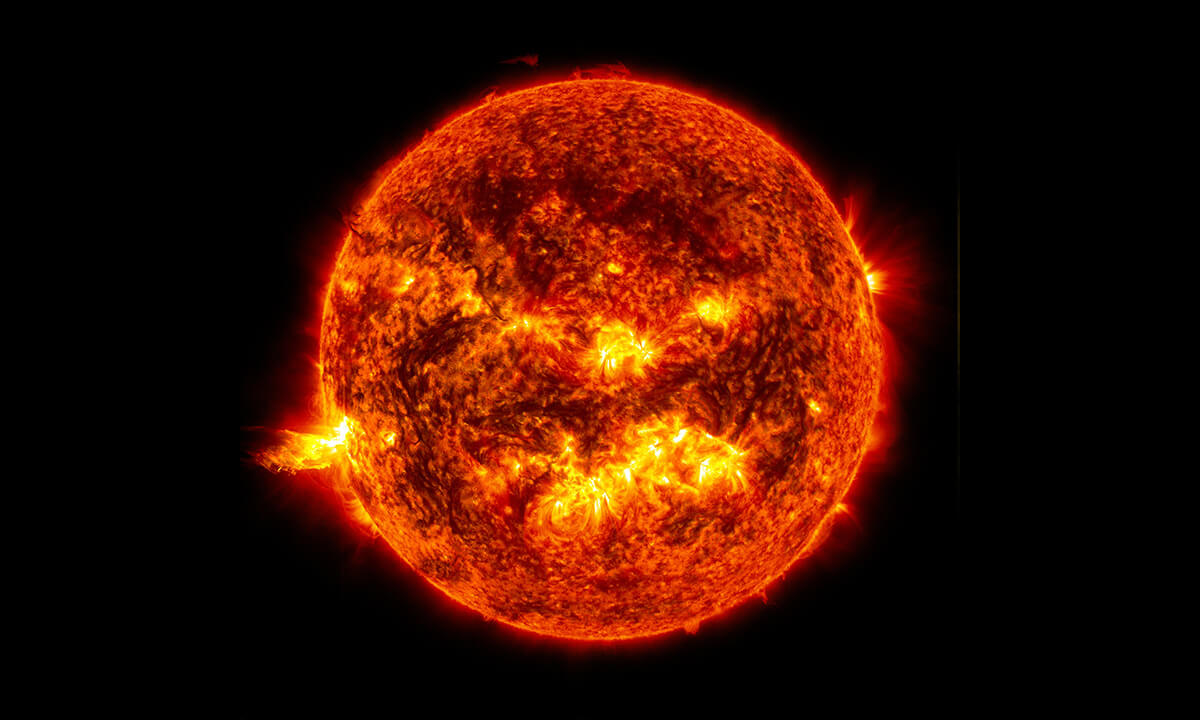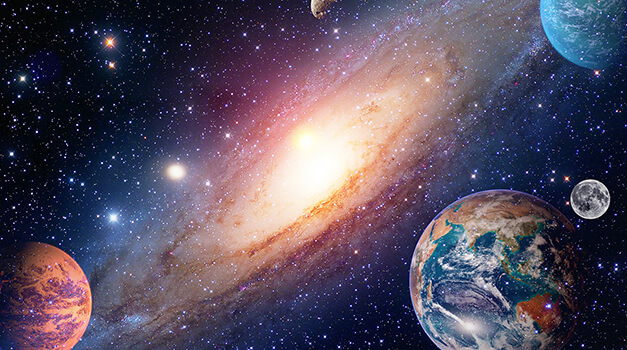Astronomy Learning Center
Explore our educational resources about the cosmos and expand your knowledge of the universe.
The Sun
The Sun is a G-type main-sequence star at the center of our solar system. It contains 99.86% of the system's mass and provides the energy that sustains life on Earth.
- Diameter: 1,392,678 km (109 times Earth's diameter)
- Surface Temperature: 5,500°C (9,940°F)
- Core Temperature: 15 million°C (27 million°F)
- Age: About 4.6 billion years


The Planets
Our solar system has eight planets that are traditionally divided into two categories:
Inner Planets (Terrestrial)
Mercury, Venus, Earth, and Mars - rocky worlds with solid surfaces.
Outer Planets (Gas Giants)
Jupiter, Saturn, Uranus, and Neptune - large planets composed primarily of gas and liquid.
Other Objects
Beyond the planets, our solar system contains numerous other fascinating objects:
Pluto, Ceres, Eris, Haumea, and Makemake are the five recognized dwarf planets in our solar system.
Rocky remnants from the early solar system, most found in the asteroid belt between Mars and Jupiter.
Icy bodies that release gas and dust when they approach the Sun, forming a visible tail.
Ready to Explore Further?
Continue your journey through the cosmos with our additional resources and learning materials.
- Cosmos by Carl Sagan
- A Brief History of Time by Stephen Hawking
- The Universe in a Nutshell by Stephen Hawking
- Astrophysics for People in a Hurry by Neil deGrasse Tyson
- NASA's Astronomy Picture of the Day
- Stellarium - Free planetarium software
- Space.com - Latest space news and articles
- Sky & Telescope - Resources for amateur astronomers